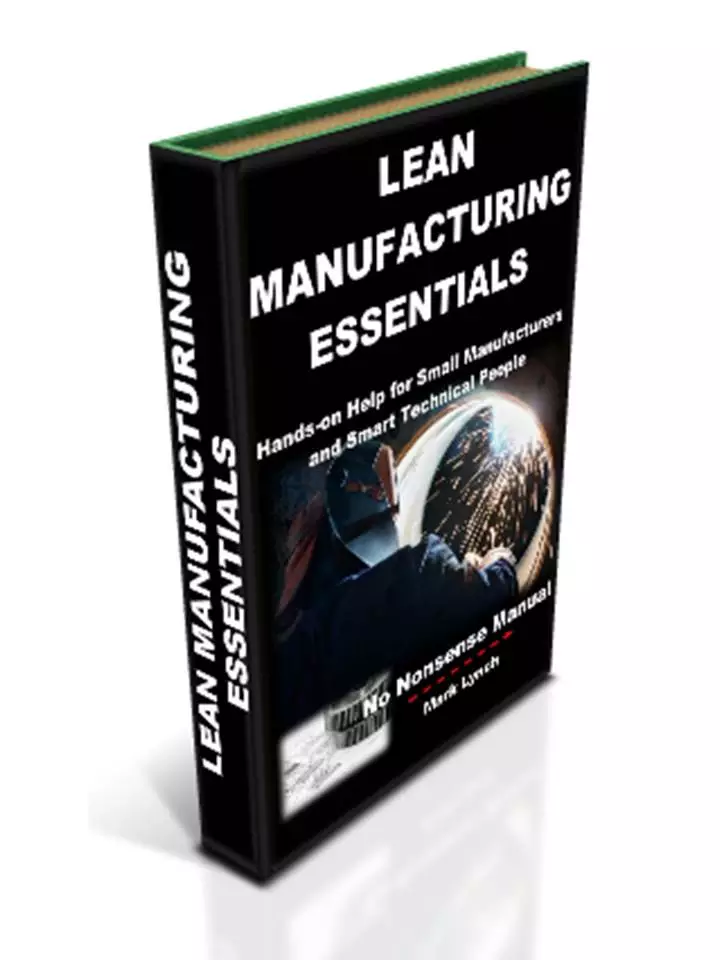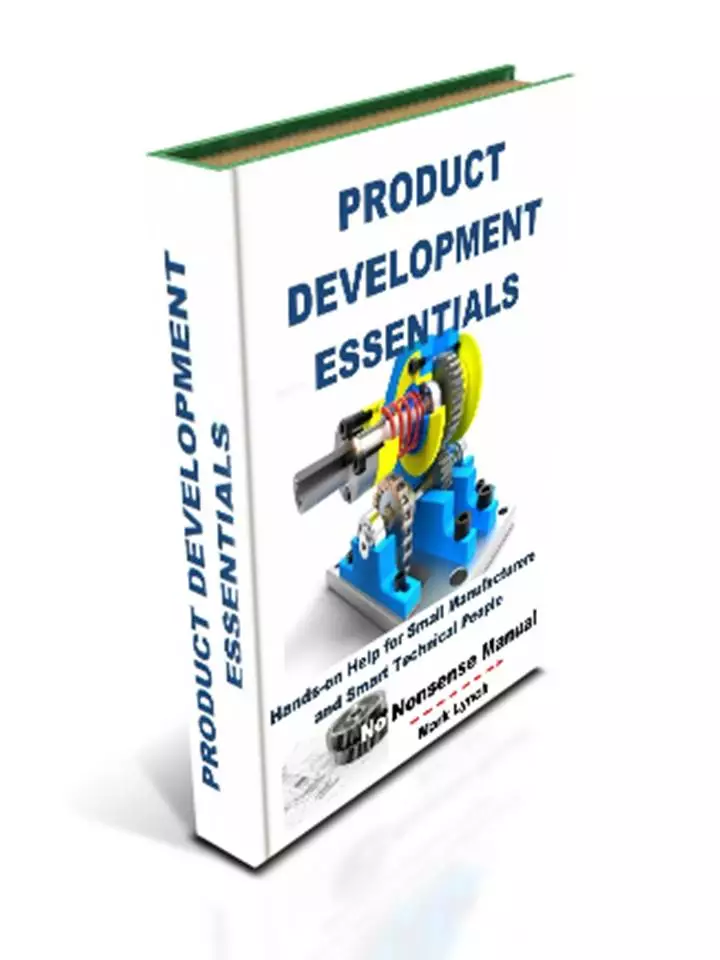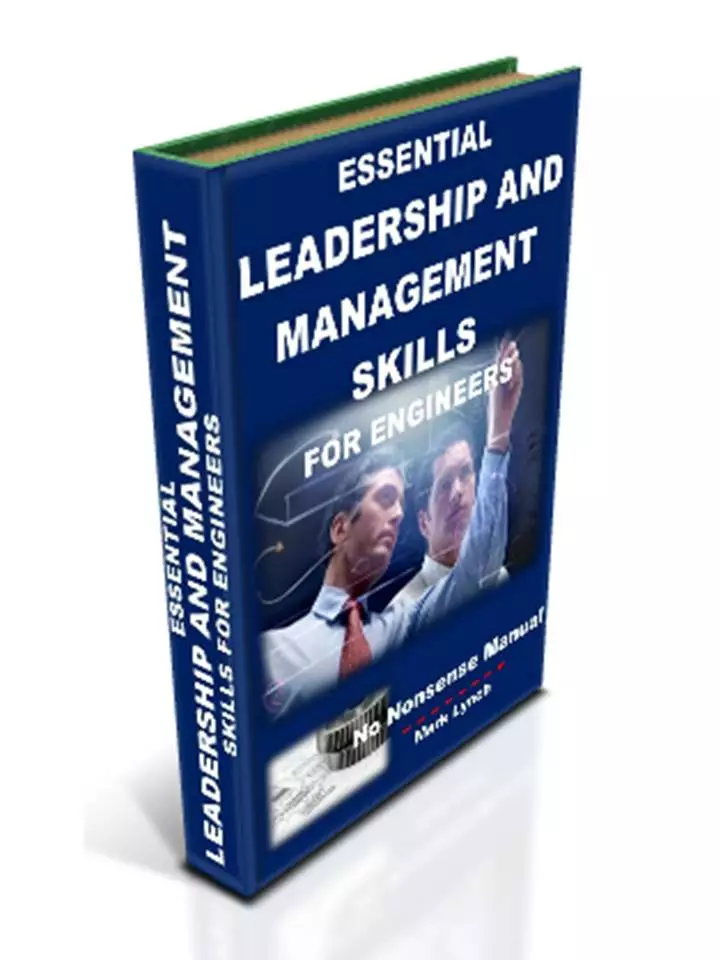'Hands-on Help for SMEs' and Smart Technical People'
Sustaining the Gains:
What Lean Leaders do
Finchbaugh and Carlino Lean Leadership
Jamie Finchbaugh and Andy Carlino have written and consulted extensively on lean and it’s implementation. In terms of the effective leadership and management of lean they recommend a range of effective suggestions. These include:
Finchbaugh and Carlino Lean Leadership
Jamie Finchbaugh and Andy Carlino have written and consulted extensively on lean and it’s implementation. In terms of the effective leadership and management of lean they recommend a range of effective suggestions. These include:
Leaders should be teachers
They should lead by example, demonstrating lean both in what they say, but also in their behaviour and what they do. Lean thinking should be encouraged and spread among employees. This includes not only the tools and techniques, but importantly why employees should do things in a certain way.
Coaching, guiding and instructing should be activities the lean leader frequently undertakes. The responsibilities for these activities also reside with the lean leader. In order to obtain wider staff commitment and buy in, they should aim to foster an environment of mutual respect and integrity.
Leaders should be a source of energy and tension, although not stress
They should be enthusiastic about their mission, proactively going out and undertaking improvement activities with employees to realise benefits. In the spirit of continuous improvement, lean champions should convey a sense of urgency and wanting to get on. They shouldn’t be content or satisfied with the status quo. This should come through in their interactions with staff.
Ideally their enthusiasm and energy should be infectious. The improvements they strive for should benefit employees as well the business, and as such should gain the support of the employees who are actually the ones who make it happen. The lean leaders should be passionate and restless about their improvement tasks and this is what creates the tension, but in a positive sense. To avoid this becoming stressful for employees, support, guidance, training and help all assist turning theory and good ideas into reality, benefiting all. Clearly, strong interpersonal and motivational skills are key.
Leaders should eliminate fear and comfort
The emphasis here is not being content with the status quo and subsequently taking risks to make improvements. Leaders should encourage an environment where there is no fear of risk taking and improvements are encouraged. They should help put in place mechanisms to enable and empower employees to continually improve. Related to this lean leaders should attempt to prevent staff becoming too comfortable and settled. Instead everybody should be continually asking and seeking the next enhancement. New creative ways of thinking, innovation and novel ideas should all be encouraged and praised.
Leaders should lead through visible participation
This is about lean champions actively being seen to ‘walk the walk’ as well as simply talking about lean implementation. Employees are observant and are far more likely to buy-in to improvement initiatives if they witness lean leaders undertaking tasks and behaving in the manner they encourage.
This is why energy, proactive positive language and generally a ‘can do’ attitude are all so important. Leading by example is crucial to the credibility of any lean initiative and indeed the lean leader. Practical activities include coaching, leading training sessions, supporting and encouraging. The important thing is to back up all the rhetoric with real action. This involves commitment – setting aside time to make improvement activities happen, not just in the short term, but instead with a sustained on-going commitment.
Leaders build lean into personal practice
Related to leading by example, there should be a responsibility on those leading lean to ensure they personally operate in a lean way. This should involve reviewing how they go about their daily tasks and adopting more lean behaviours, whilst routinely going about their business. Practical examples include standardised methods of working, documenting procedures, as well as reviewing house keeping and orderliness. Also consider time management, task and meeting organisation, transparent communication and supporting others.
Lean Leadership Behaviours Necessary to Create and Sustain the Gains
Finchbaugh and Carlino 5 Lean Principles
Directly observe work as activities, connections and flow
Remember a core theme of lean is continuous flow. As such, this should be considered in the way activities are carried out. Do materials and components flow smoothly through your plant? Does information flow to where it is required and is it readily available when needed? Are processes and procedures geared towards smooth operation with minimum buffers, inventory and temporary stock?
Observation is key. Look to see what works, what connects with what, and importantly what flows. Move towards an improved state, where materials and information move in clearly defined and understood routes. At each stage value should be added to the path.
Systematic waste elimination
The 7 wastes provide an excellent guide each and every employee should be conscious of. Training for all should be the basis of a continual effort to eliminate waste in all its forms. Coupled with big waste reduction initiatives, such as Kaizen blitz, everybody should aim to identify and eliminate all varieties of waste, ideally on a daily basis. A questioning and inquisitive mind-set is required for this to be a reality.
Lean leaders should ensure the mechanisms are in place to realise waste elimination. Ideas include rapid upgrade of procedures, incentives for suggestions to make things better and time set aside for improvement activities. Importantly, eliminating waste ultimately saves money and so increases profits.
Agreeing the ‘what’ and the ‘how’ for lean tasks
Establishing the ‘what’ is all about setting clear objectives and goals. Those leading len are responsible for this, although improvement ideas could and should come from anybody and everybody. The ‘how’ is described in standards, processes and procedures. These should clearly set out how to achieve your lean aims and objectives.
Systematic problem solving
Problems should be seen as opportunities to improve. This involves a change of mind-set where employees seek out issues. As they do, they recognise that only by identifying and solving problems will they move towards the ideal state.
Continuous improvement thinking is central to this. Also a working environment needs to be established where it is OK to unearth problems, and sufficient time and resources are made available to solve them. The job of the lean leader is to help create this environment with incentives and by encouraging problem solving activities. Just sitting back and never contributing, should be challenged. Tell people you are interested in their opinion. Everyone’s got one, especially when things are not to their liking!
Empowering employees to get on and solve local problems should be promoted. Get in the habit of praising and rewarding the use of initiative. Staff should continually be asking how they can make things better.
Create a learning organisation
Knowledge and the ability to continuously learn should be the norm. Lean pioneers should keep their own skills up to date and learn as much as they can about the application of lean tools through case studies and if possible, factory visits. Employees should be trained and educated so they understand lean principles and importantly, how to successfully apply them. Employee development should embrace methods of boosting manufacturing productivity and efficiency methods. A key role of lean champions should be to encourage, coach and support the learning of others.
An engineer’s employability can be greatly enhanced if they can prove what quantitative improvements they have made, together with a detailed explanation of how they went about it. Demonstrating the hard and soft skills associated with Lean implementation, provides a compelling story, either for promotion or for a new position.
Lean Leadership Behaviours to run with from Day 1
Next... Make or Buy? Outsourcing Considerations for Small Manufacturers
Back to Lean Manufacturing Essentials











